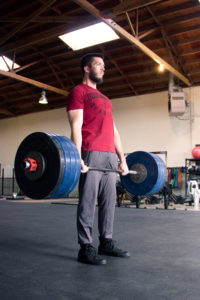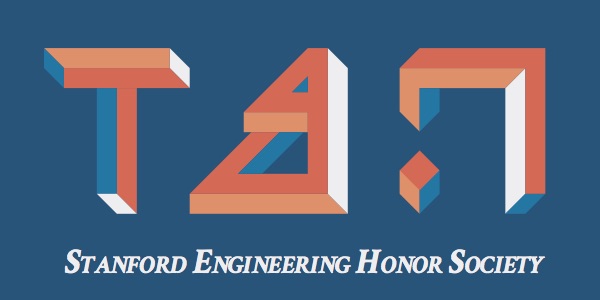Like many others, taking ME203: Design and Manufacturing was my first introduction to making refined products. Sure I had modified plate steel with a hacksaw and drill to add something on to my Jeep, or screwed together some wood pieces to make equipment for my garage gym, but these were very crude. I had never made anything refined. With this in mind I was originally going to make something simple, something without too many parts, to help ease me into making. But I realized all my simple ideas were boring, and I had no motivation to actually produce them. That’s when I decided I really needed to push myself and make something more complex. Something that I really wanted to make, to help motivate me through the long hours. So I made a barbell.
For many years, lifting with a barbell has been a big part of my life. It was an outlet for my anger and sadness during deployments to Afghanistan. It helped my spouse, Kendra, and I bond over a shared activity and hard work. It was a sense of pride when I competed in powerlifting, and still is so as I prepare to compete in weightlifting. And it helps me relax during stressful times (i.e. almost every day) at Stanford.
It seemed fitting to make a barbell. To understand it’s inner workings and specifications, see my own time and determination and passion reflected in one of my favorite objects, and to feel the hours of labor in my hands as I use it to pick up weight. So I thought and drew and designed. I slowly cut out big chunks of steel with a band saw. I used a lathe to turn a 6 foot long round bar of chromoly steel. It was too big and stuck out several feet from the end of the lathe, so it oscillated violently if the RPM was too high. I milled, sanded, welded. I sanded some more. I had a lot of things go smoothly. I also had a lot of things go not smoothly. Press fits that were too loose. Slip fits that were too tight. But I kept at it, and once I put everything together, I slapped some weights on to the ends of my brand new barbell and picked up my new “Pick-Up Stick”. It worked! And it was beautiful.
While I was pretty sure I wanted to be an engineer beforehand, making my barbell confirmed it. It was so exciting to see what I had envisioned become palpable. I now know that I want to design and make for the rest of my life, and I can’t wait to get started on my next project.

Blogger:
Halston Sandford
Favorite engineering-related sources for inspiration:
Stanford Product Realization Lab and the products that come out of it, Rogue Fitness, advances in lower limb prostheses
Why did you choose to be an engineer?
I want to think about things to make, design them, and see them in their final physical form.
Hometown:
Kennewick, WA
Class year:
2020
Field:
Biomechanical Engineering
Blogger bio:
After 6 years in the Marine Corps infantry and 2 years at a community college in his home state of Washington, Halston transferred to Stanford to pursue a biomechanical engineering degree. His interests include repairing lower limb injuries/amputations, strength sports (powerlifting, weightlifting, etc.), and backpacking.
